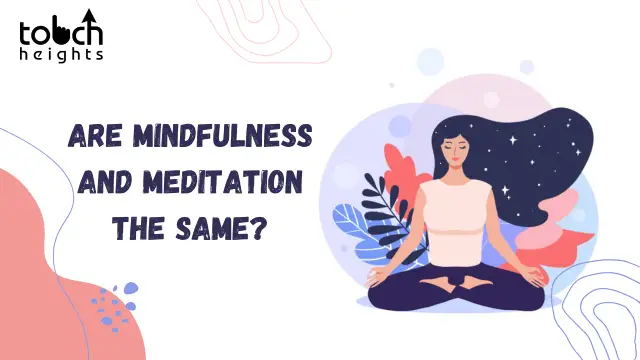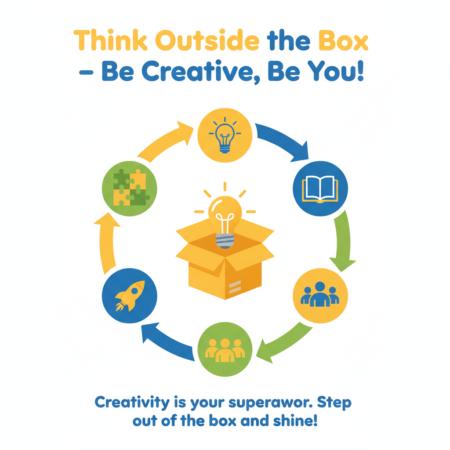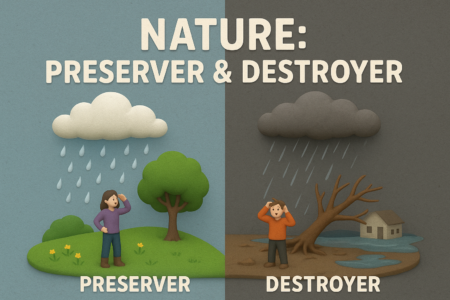Regardless of personality or lifestyle, there is a range of meditation techniques that are suitable for most individuals. There is no “correct way” to meditate, though, so one can experiment with many methods until one discovers one that suits them.
Meditation and mindfulness are closely interrelated. Despite the terms’ obvious similarities, they mean very distinct things. You may meditate thoughtfully and meditate to cultivate awareness. Though they are both separate things, as you can see from the definitions listed below. To better understand what sort of meditation or mindfulness you are truly doing, we’ll compare and contrast meditation and mindfulness in this post. But let’s first explore some definitions.
Meditation refers to a variety of practices that support the integration of the mind and body with a reliable Source. Some types involve maintaining mental attention on a sensation, while others involve keeping judgments out of the current moment.
In a stressful environment where the senses frequently grow dull, people employ meditation to promote calm and increased awareness. Although much of the data is preliminary, research shows that meditation may have the ability to enhance both physical and emotional health.
Meditation vs. Mindfulness: When to Use Which Technique?
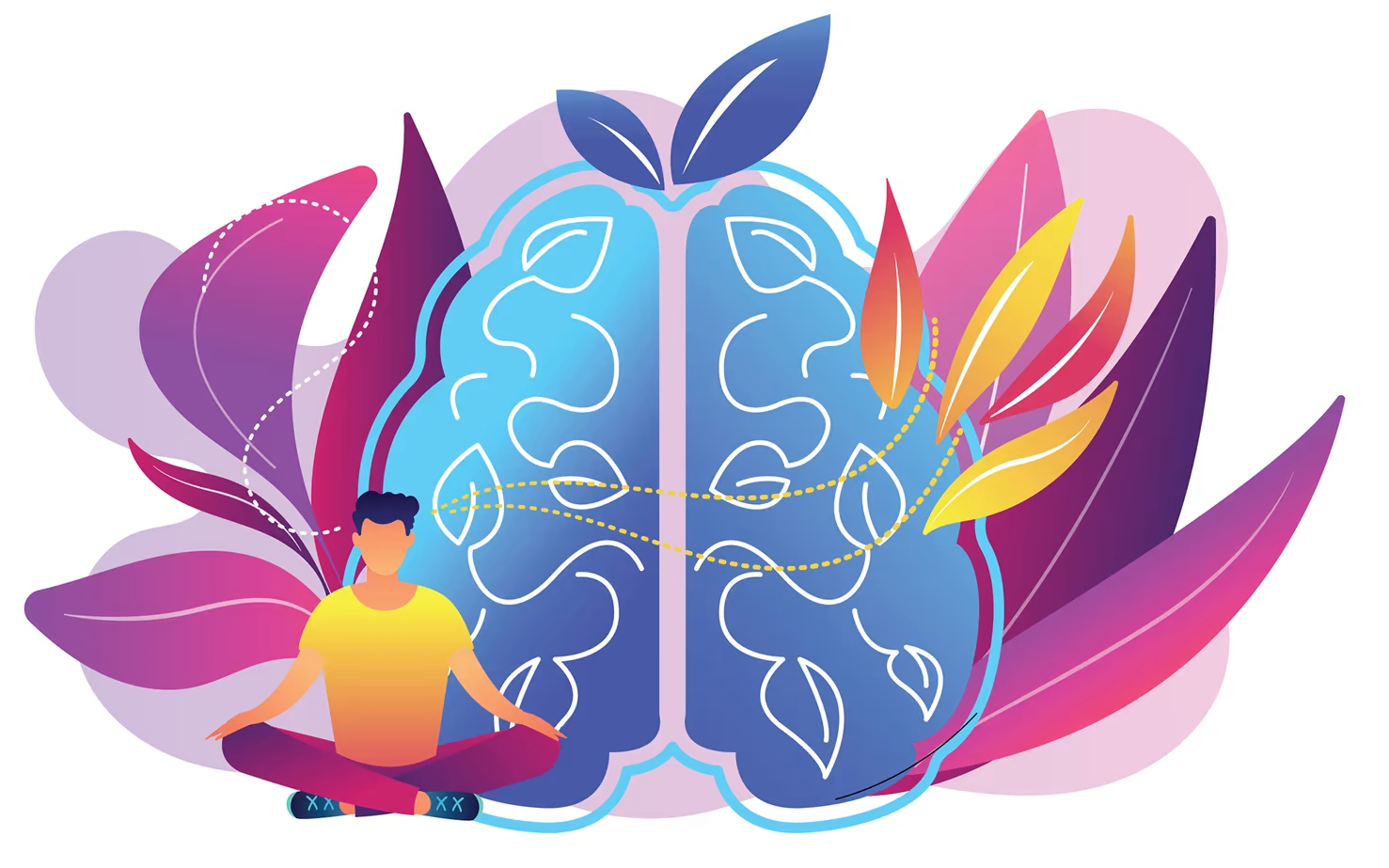
You might be perplexed: Are mindfulness and meditation the same thing? If not, what makes them unique? The good news, or perhaps the terrible news, is that you’re not by yourself. In actuality, many individuals interchangeably use the two words and have distinct meanings for each of them. So, this is our attempt to explain it.
Contrarily, meditation is an activity. You do this stuff. Meditation is like jogging or working out at the gym and awareness is like strength or flexibility. Meditation frequently entails being motionless while paying attention to your breathing, pausing periodically when you become distracted, and then returning.
Sometimes it entails paying attention while walking, eating, or dozing off. Sometimes it involves developing “open awareness,” which is like a mirror held to everything you encounter, rather than concentrating at all on any one subject. However, in general, you might consider meditation to be a concentrated attention or mindfulness exercise.
Another way to look at it is that mindfulness is the application of the meditative mentality to daily life. For instance, Jud Brewer’s “mindful eating” course is essentially a meditation that you may do whenever you’re eating. It doesn’t have to be for a specific amount of time. Maybe you practice mindful eating for a few bites of each meal, going through all the motions. It involves developing awareness while eating, not while engaging in a specific meditation exercise.
Now, to add another layer of complexity, although certain types of meditation work to develop awareness, others have other objectives. If you refer back to the definitions of mindfulness provided above, you’ll see that they all include giving whatever is happening a type of basic attention. However, there are other abilities you would desire to develop as well, including calmness. Sometimes, you’re more concerned with calming down and finding some respite from worry than you are with observing things. You may use a meditation technique that focuses on relaxing and centering the mind to achieve that. Alternatively, just take a few deep breaths. While it won’t increase consciousness, doing so will increase relaxation, calmness, and other qualities.
5 Senses Activity
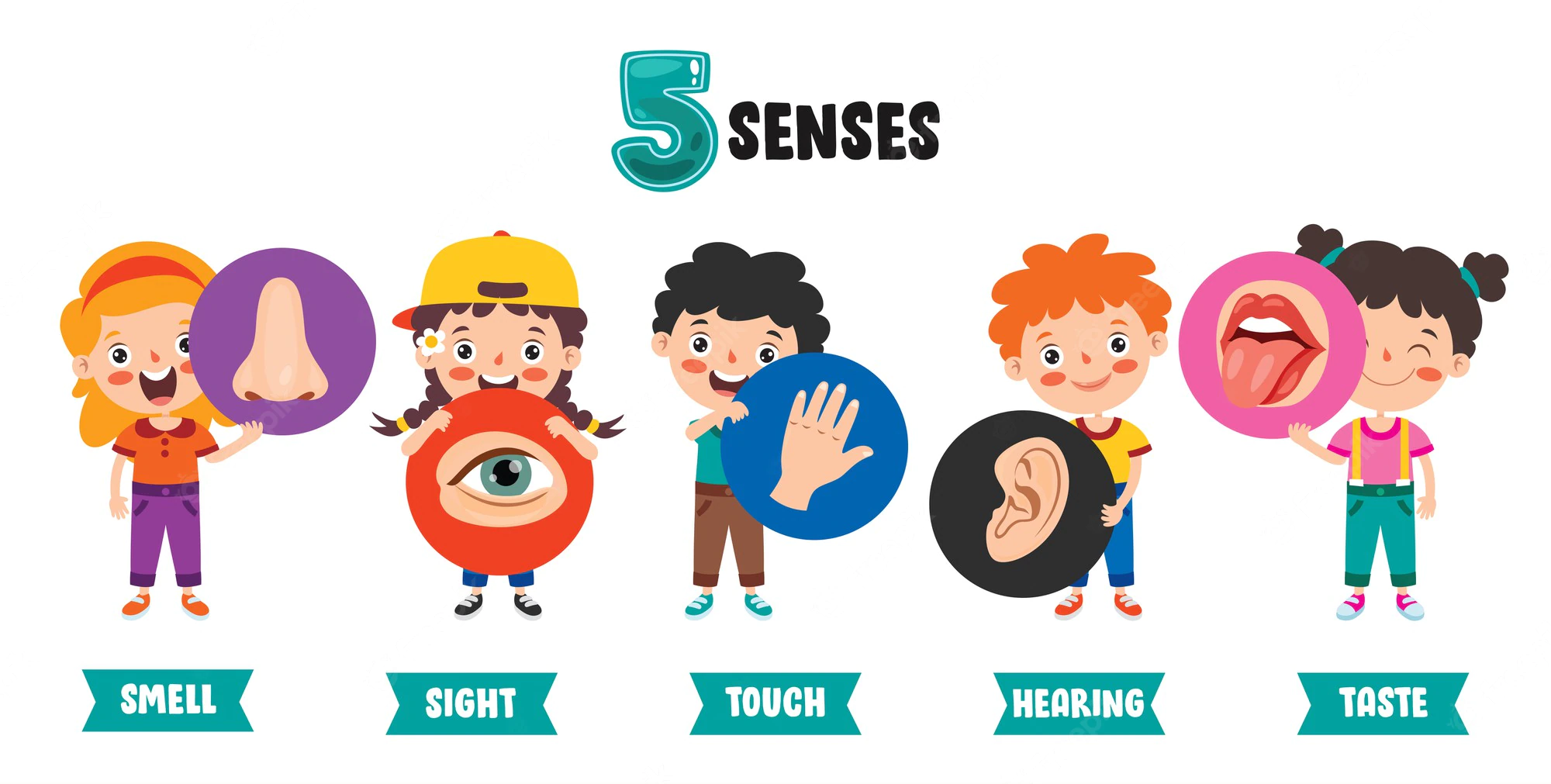
Focus on your five senses—sight, hearing, touch, smell, and taste—every time you do a basic chore, like brushing your teeth or doing the dishes. Give two to three instances of the things you observe while you perform the exercise for each sense.
As an illustration, when cleaning your teeth, you may observe:
- On your tongue, the paste taste.
- You can smell the paste via your nose.
- The feeling of chilling.
- The manner your teeth and gums are cleaned when using the toothbrush.
- The noises of the bristles in your mouth shift position.
- The illumination in the bathroom and your reflection in the bathroom mirror.
- Your gums and teeth may feel tingly after using the paste.
You’ll become more aware of your surroundings and the current moment as a result of this exercise. You will start to notice new things about the environment you are in and become more fully present in your life and body if you do this with routine tasks, even ones you have done a thousand times.
Your capacity to be aware in daily life is strengthened and supported by your formal meditation practice. Formal meditation training improves your ability to concentrate, be present, and be attentive in all facets of your life. Although they complement and support one another, mindfulness and meditation are two distinct practices.
Conclusion
Simple techniques like meditation can help people unwind and calm down. Due to the wide range of tastes among people, no one form fits everyone. The ideal meditation, according to some experts, is the one that a person likes routinely practicing.
Just as with any other ability, it takes time to perfect. A person is more likely to find a style of meditation that works for them if they persist and are prepared to try out different techniques.

